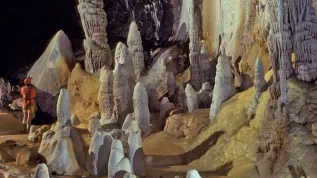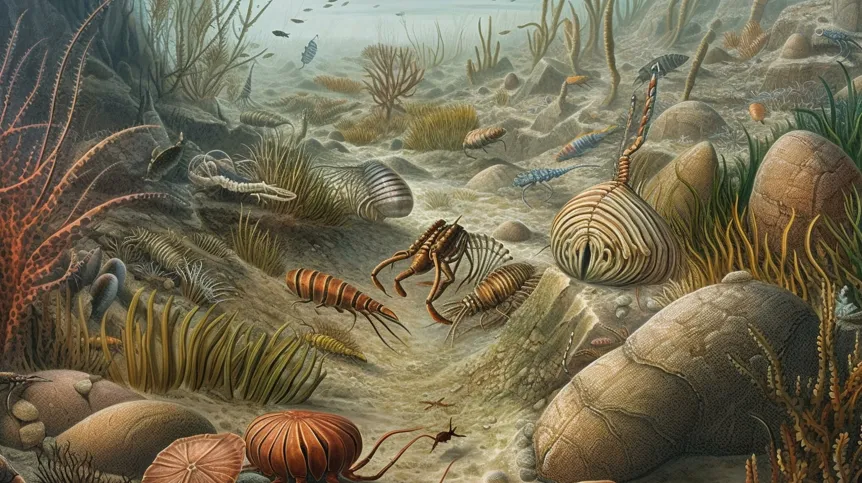
Polish researchers from the University of Warsaw and the Polish Academy of Sciences have explained the mysterious coexistence of animal and plant forms in the environment of coastal sea shallows from approximately 427 million years ago.
The discovery after they found the previously unknown phenomenon of graptolites (extinct marine microorganisms) growing on algae.
A paper on the subject, published in Acta Geologica Polonica, is the result of almost 10 years research on Silurian (one of the periods of the Paleozoic, 444-419 million years ago) rocks conducted in the western part of Ukraine by a team from the Faculty of Geology of the University of Warsaw.
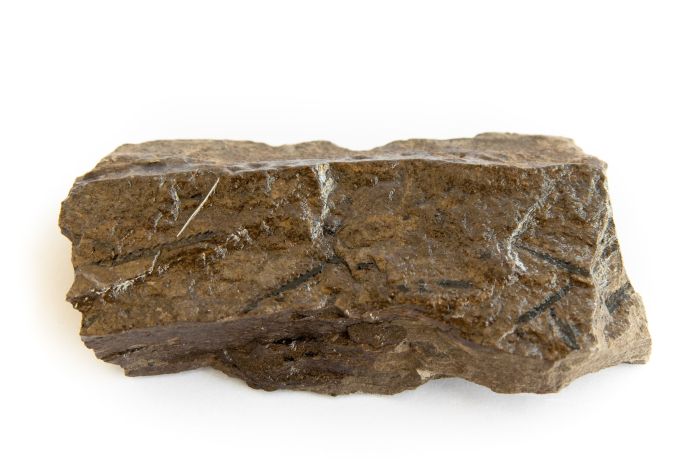
The scientists focused on sites rich in stromatoporoid layers built by a mysterious group of extinct organisms that lived on the seabed. In the Paleozoic, especially in the Silurian and Devonian periods, stromatoporoids were the basic constructors of the organic structures of the time, which can be treated as counterparts of modern reefs.
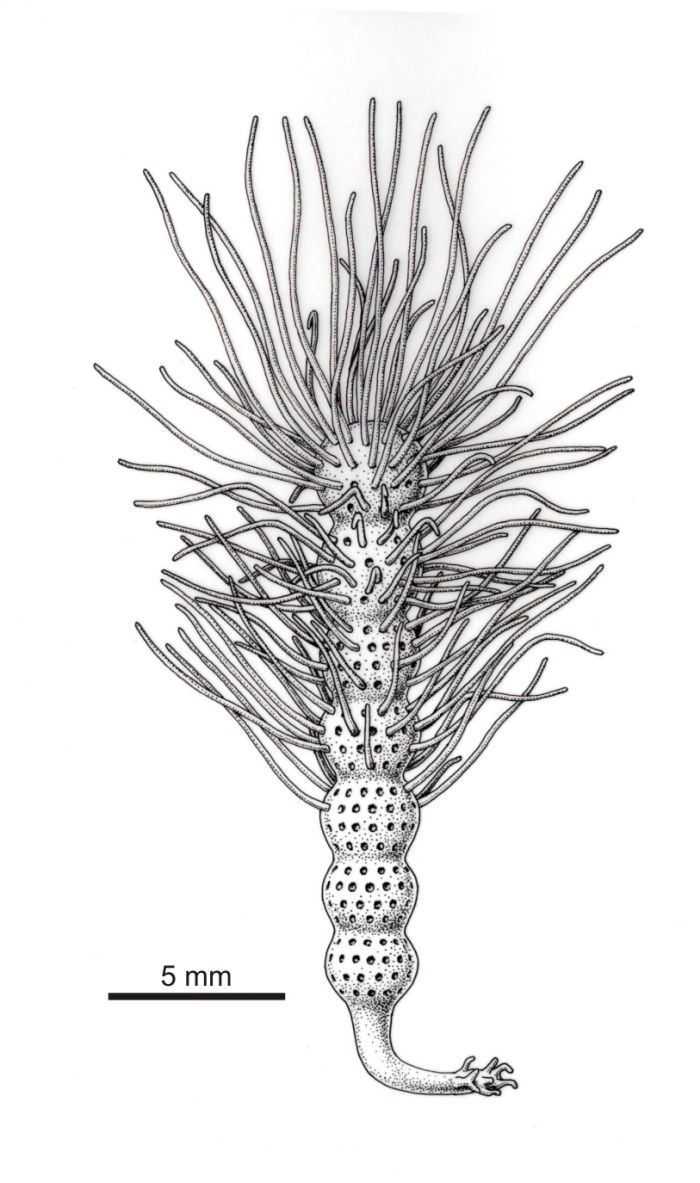
Reconstruction of the alga Voronocladus dryganti; drawn by B. Waksmundzki. From Professor Stanisław Skompski's archives
To the scientists' surprise, it turned out that most of the examined layers had been deposited as a result of the reefs washing away during violent storms. 'Perhaps the most interesting discovery we made was the similarity of some of the sediments to layers deposited by the tsunami. Although the Silurian tsunamites of Podolia were not the first fossil deposits attributed with such a genesis, they quickly became one of the best examples of recording this type of phenomenon in sediments,’ one of the researchers, Professor Stanisław Skompski.
According to scientists, the layers were located between the stromatoporoid layers, which came from extremely shallow-water coastal environments.
In these layers, the researchers found well-preserved, mysterious sessile algae with twigs of epiphytic organisms attached to them. Professor Anna Kozłowska from the Institute of Paleobiology of the Polish Academy of Sciences helped identify them as graptolites. Graptolites were a group of extinct animals with a rather unusual structure - they resembled thin twigs with short outgrowths called theca. In turn, an epiphyte is a plant growing on another plant - usually not parasitic, but using another species as support.
'We managed to confirm the graptolite nature of the mysterious branches growing on algae, and thus demonstrate the co-occurrence of plant (algae) and animal (graptolite) forms,’ Professor Skompski tells PAP - Science in Poland.
He adds that the nature of this 'cooperation' remains unclear.
Both observed forms (algae and graptolite) were previously unknown. Researchers named them: Voronocladus dryganti and Podoliagraptus algaeoides. According to Professor Skompski, the name of the alga refers to the name of Professor Danila Drygant from the Natural History Museum in Lviv, in recognition of his contribution to many years of Polish-Ukrainian cooperation in the field of geological research.
Professor Skompski adds that discoveries from the entire period of almost ten years of research significantly enrich the knowledge about Silurian sediments deposited several hundred million years ago on the shore of the large Eastern European continent, the border of which ran through today's Poland.
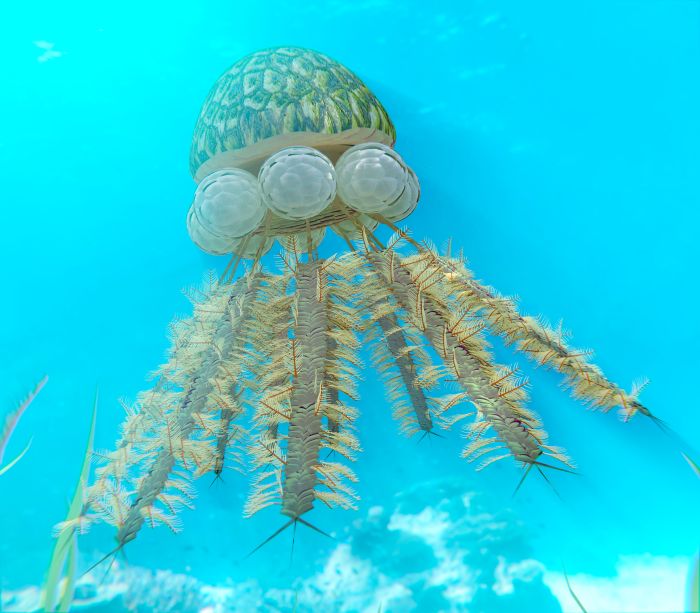
'The Silurian was an extremely important period for the evolution of life on Earth, as it was a time of expansion of marine vegetation typical of shallow waters towards land. The discovery of the co-occurrence of plant and animal forms is an important contribution to exploring the characteristics of this process,’ says Professor Skompski.
PAP - Science in Poland, Agnieszka Kliks-Pudlik
akp/ bar/ kap/
tr. RL


